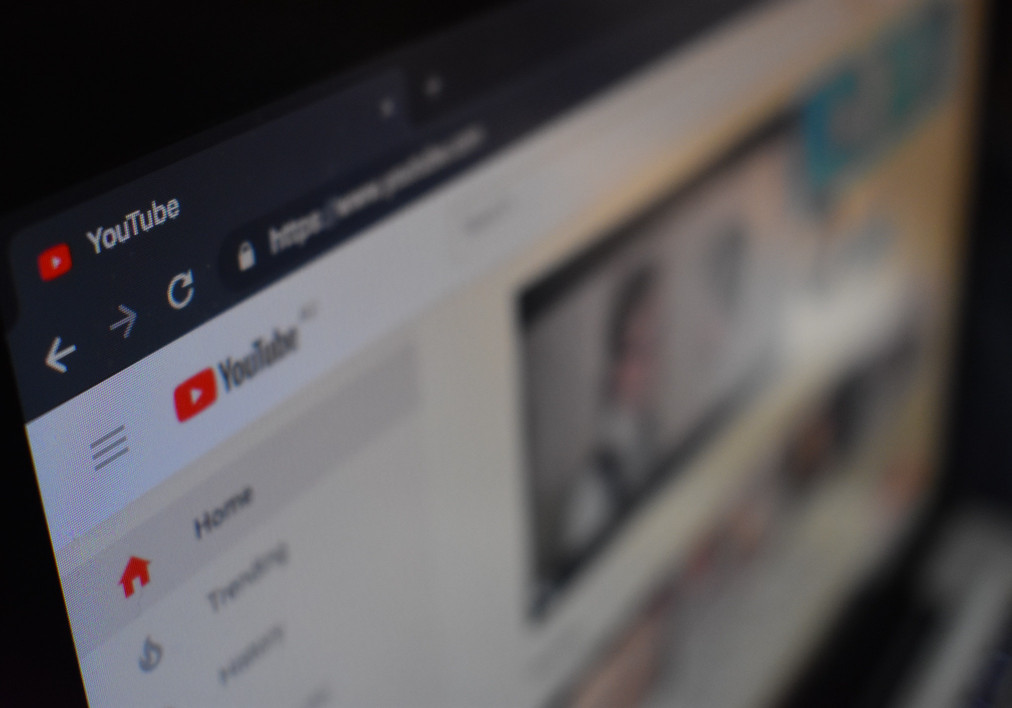

one that selects suggested videos for viewers to watch next.

:max_bytes(150000):strip_icc()/001-youtube-link-to-specific-time-3486675-27a21b3a8acd4c02832a5e586c166c0b.jpg)

When we talk about “the algorithm,” we’re talking about three related but slightly different selection or discovery systems: The YouTube algorithm selects videos for viewers with two goals in mind: finding the right video for each viewer, and enticing them to keep watching. How does the YouTube algorithm work in 2021? Next, let’s talk about what we know about how this dangerous beast works. YouTube (and other platforms) have been summoned to account for their algorithms at Senate hearings, and in early 2021 Democrats introduced a ”Protecting Americans from Dangerous Algorithms Act.” Meanwhile, American politicians are increasingly concerned with the societal role of social media algorithms like YouTube’s. It also affects brands and advertisers, who don’t want their name and logo running alongside white supremacists. (And in fact, according to CEO Susan Wojcicki, one of YouTube’s priorities for 2021 is increasing transparency for community guidelines for creators). This issue affects creators, who fear accidentally running afoul of ever-changing community guidelines and being punished with strikes, demonetization, or worse. Violative content, on the other hand, is immediately removed.) (YouTube defines borderline content as content that doesn’t quite violate community guidelines but is harmful or misleading. Algorithm changes enacted in early 2019, for example, have reduced consumption of borderline content by 70%. YouTube has said it is serious about its responsibility to support a diverse range of opinions while reducing the spread of harmful misinformation. Over the years, YouTube’s size and popularity has resulted in an increasing number of content moderation issues, and what the algorithm recommends has become a serious topic not just for creators and advertisers, but in the news and government. 2016-present: Dangerous content, demonetization, and brand safety The goal was to find the video each particular viewer wants to watch, not just the video that lots of other people have perhaps watched in the past.Īs a result, in 2018, YouTube’s Chief product officer mentioned on a panel that 70% of watch time on YouTube is spent watching videos the algorithm recommends. In short, the algorithm had gotten way more personal. Source: Deep Neural Networks for YouTube Recommendations In 2016, YouTube released a whitepaper describing some of the inner workings of its AI: Deep Neural Networks for YouTube Recommendations. In 2015, YouTube began measuring viewer satisfaction directly with user surveys as well as prioritizing direct response metrics like Shares, Likes and Dislikes (and, of course, the especially brutal “not interested” button.) That said, as anyone who has ever spent any time on the internet knows, time spent is not necessarily equivalent to quality time spent. YouTube didn’t endorse either of these tactics, and maintained the party line: make videos your audience wants to watch, and the algorithm will reward you. This led some creators to try to make their videos shorter in order to make it more likely viewers would watch to completion, whereas others made their videos longer in order to increase watch time overall. When people find videos valuable and interesting (or so the theory goes) they watch them for longer, perhaps even to the end. In 2012, YouTube adjusted its recommendation system to support time spent watching each video, as well as time spent on the platform overall. User experience plummeted as videos left people feeling tricked, unsatisfied, or plain old annoyed. So it should come as no surprise that for many years, the YouTube algorithm recommended the videos that attracted the most views or clicks.Īlas, this led to a proliferation of misleading titles and thumbnails-in other words, clickbait. the star of Me at the zoo), YouTube was created in 2005 in order to crowdsource video of Janet Jackson and Justin Timberlake’s notorious Superbowl performance. 2005 – 2011: Optimizing for clicks & viewsĪccording to founder Jawed Karim (a.k.a. A brief history of the YouTube algorithmįirst, let’s do a quick overview of how the word “algorithm” became so omni-present in all of our lives.
How to convert a youtube video to end time download#
Bonus: Download the free 30-day plan to grow your YouTube following fast, a daily workbook of challenges that will help you kickstart your Youtube channel growth and track your success.


 0 kommentar(er)
0 kommentar(er)
